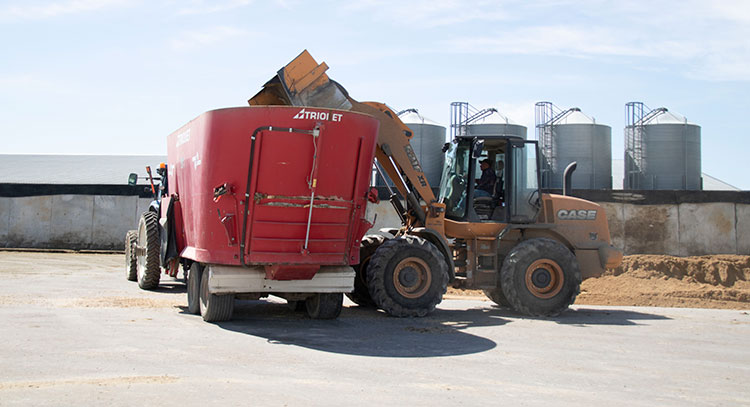
In much of the Midwest and Northeast, the fall, and in some cases, winter months were consumed with the pressure to get feed into storage. In many cases, farmers are now working to determine how to best feed those forages that were harvested in less than ideal conditions.
As these bags, bunkers, and silos are opened, nutrition efforts turn to making do with what we have. That was the focus of a presentation at a University of Wisconsin-Extension meeting in February.
“Obviously, the best thing we can do to get good forages is get them harvested at the right dry matter. I really want to drive that home. The right dry matter gets the pH down faster and limits the growth of undesirable microorganisms,” explained Michelle Chang-Der Bedrosial, who is a forage specialist at Vita Plus.
The problem is last year did not help us do that well. In working with the hand we’ve been dealt, Chang-Der Bedrosial recommended several management strategies to deal with less-than-ideal forages. She strongly encouraged forage testing in all cases. Once a farm knows what they are working with, they can move on to determining the best ways to utilize it.
“The first thing you should do is improve cow health,” Chang-Der Bedrosial said. “A healthy rumen is your first and best defense; 25% of mycotoxins are destroyed in a healthy rumen.”
With that line of defense in place, there are some options for feeding less-than-ideal forages. “If you know you have a mycotoxin problem, dilute that feed,” she recommended. Mix it in with higher quality feeds and get it in the feedbunks of less susceptible animals. She strongly suggested not using contaminated feed in fresh cow rations or to already sick animals.
As the warmer days arrive, forages that were harvested in frozen weather and never had a chance to ferment should also be watched closely as they are at high risk for becoming butyric. “If you have a susceptible silo, feed it as soon as possible,” she advised. “It’s best if you ensile it for three weeks and then feed the heck out of it.”








